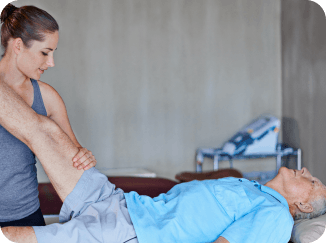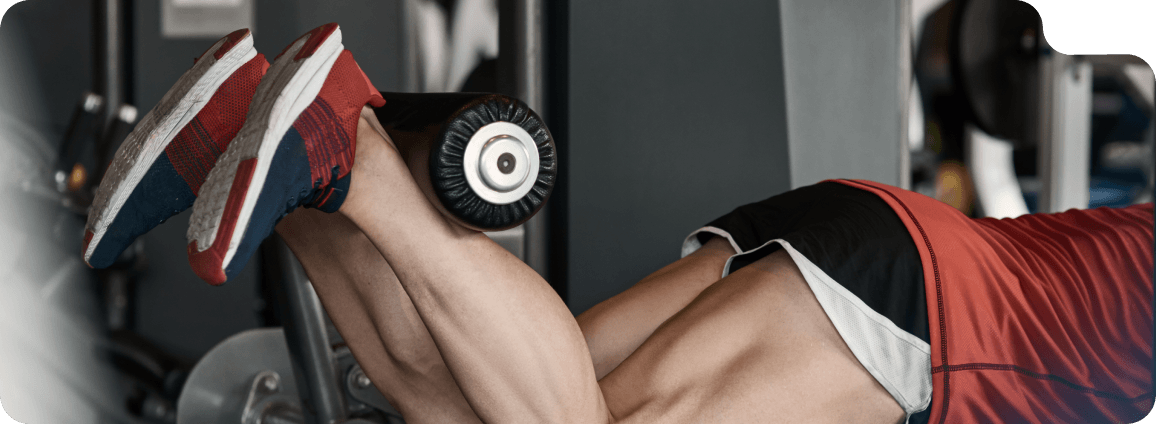What is a Hamstring Muscle Tear?
A hamstring muscle tear happens when a muscle in the hamstring is stretched or torn. It is a painful and debilitating condition that reduces an individual’s mobility in sports and their usual activities.
One of the most commonly strained hamstring muscles is the biceps femoris, a long muscle located in the posterior compartment of the thigh. The hamstring muscle also comprises the semitendinosus and semimembranosus muscles, and it's important to determine which muscle is the issue when facing a hamstring injury. This will allow patients to undergo a targeted rehabilitation plan that’s specific to the location of their injury.












